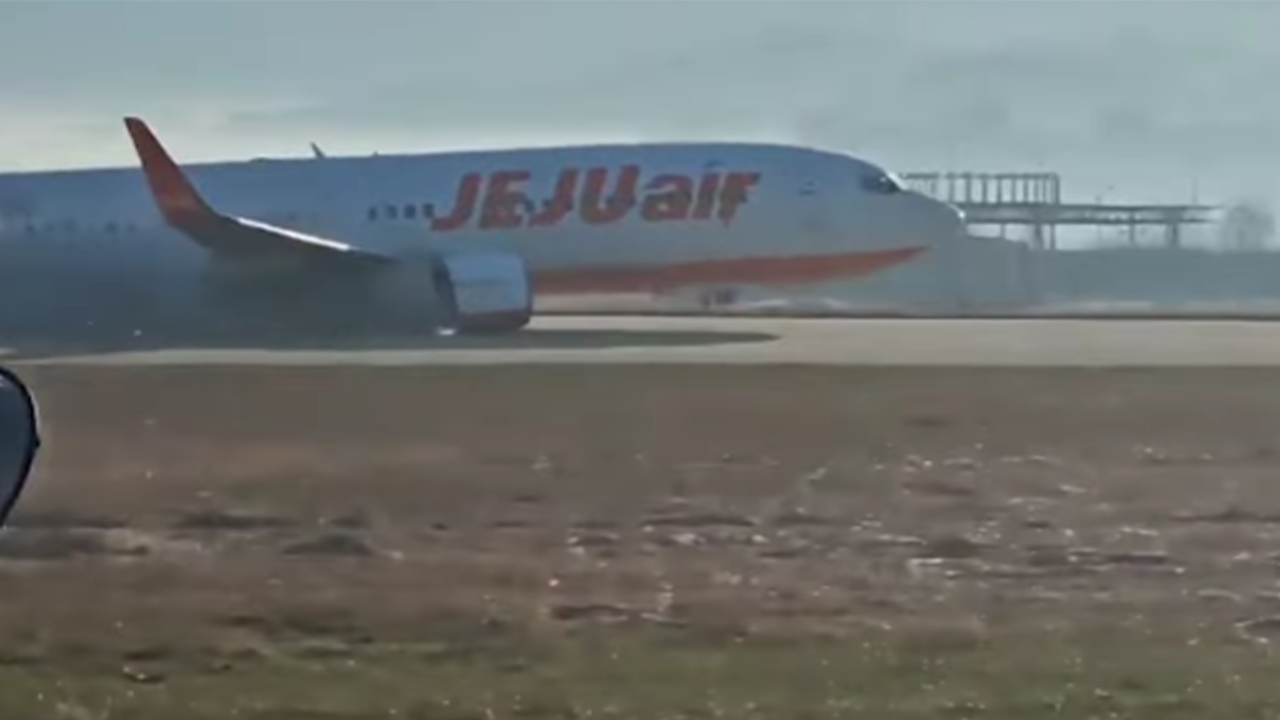
South Korea Plane Crash: Grieving Families Demand Answers as Bird Strike Theory Faces Scrutiny
The tragic crash of a Jeju Air passenger plane at Muan International Airport in South Korea has left 179 people dead, marking the deadliest aviation disaster in the country’s history. Families of the victims are camping at the airport, desperate for answers and access to their loved ones’ remains.
Families Seek Closure Amid Turmoil
Hundreds of grieving family members have gathered at the airport, many of whom have lost entire generations in the accident. Tensions have escalated, with some relatives arguing with officials over their inability to see the bodies of their loved ones.
Officials cited the severe damage to the bodies as the reason for the restriction. A government representative reportedly told the families that viewing the remains was not possible due to the extent of the injuries, as per a BBC report.
The Crash and Its Aftermath
The Jeju Air flight, carrying 175 passengers and six crew members, crashed into a concrete wall following an emergency landing. All passengers and four crew members perished, with only two crew members seated at the back of the plane surviving the crash.
Authorities are working to piece together the events leading up to the disaster, while the grief-stricken families await clarity on what caused the catastrophic failure.
Doubts Over Bird Strike Theory
Initial reports suggested that a bird strike might have led to the malfunction of the plane’s landing gear. However, experts have cast doubt on this explanation. Australian airline safety expert Geoffrey Dell stated, “I’ve never seen a bird strike prevent the landing gear from being extended.”
The investigation is ongoing, with aviation authorities examining other potential causes of the mechanical failure. Questions remain about whether maintenance issues, operational errors, or other external factors contributed to the crash.
A Nation in Mourning
As South Korea comes to terms with the magnitude of this tragedy, the pressure mounts on aviation authorities to provide transparency and accountability. The bereaved families, camping out at the airport despite their anguish, symbolize the collective demand for answers and justice.
The disaster has sparked renewed calls for stringent safety measures in South Korea’s aviation sector, as the country seeks to ensure that such a tragedy never occurs again.